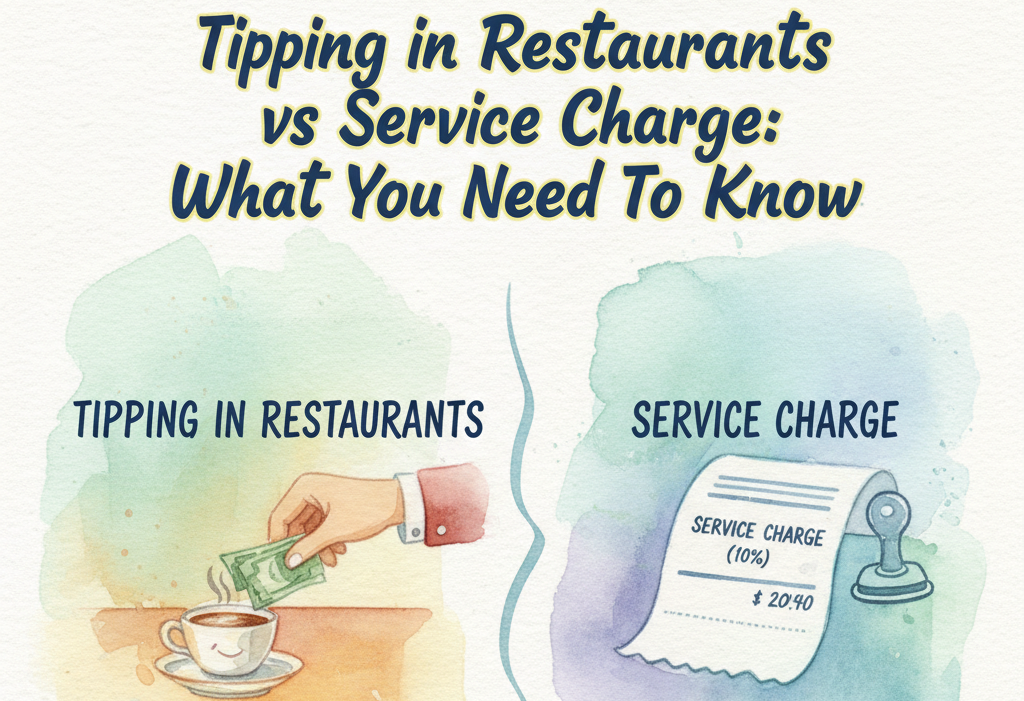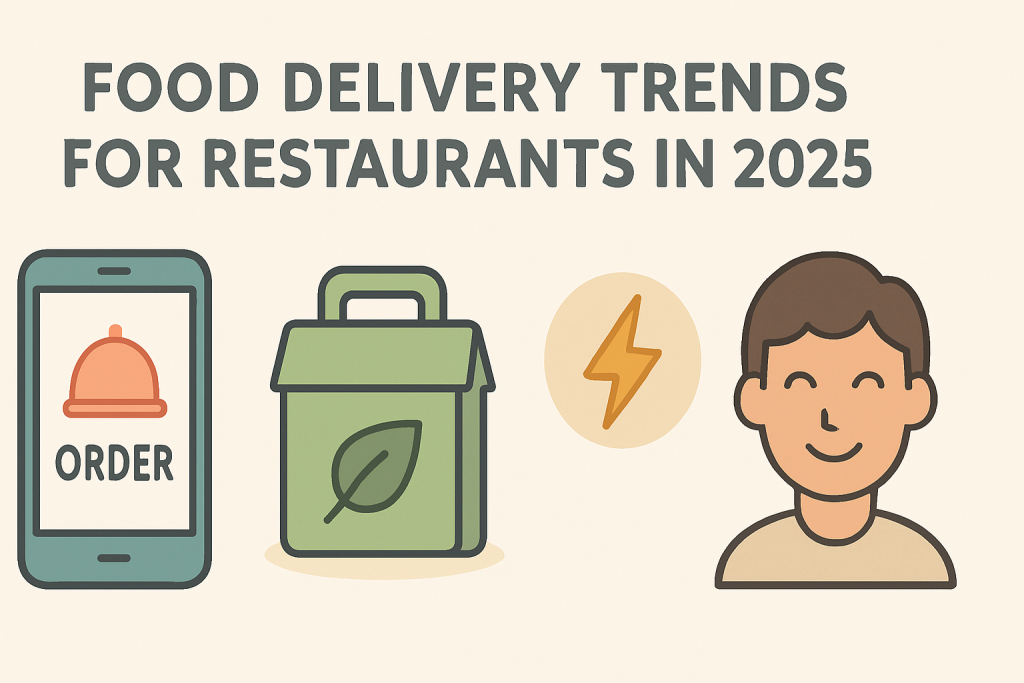In today’s digital age, customer data is one of the most valuable assets a restaurant can have. With the right data analysis and insights, restaurants can make informed decisions that help them grow and succeed. In this article we’ll be breaking down how to collect customer data, how to analyse it, and how to use it to make informed decisions. We’ll also discuss ways to leverage customer data to create marketing campaigns and promotions that will bring in more customers in the hopes that by the time you are done with this read you’ll have a better understanding of how to use customer data to your advantage for your restaurant.
#1: Analyse Customer Feedback
Customer feedback is an invaluable source of insight into how people feel about your business, the food you serve, and the overall customer experience. By taking the time to analyse customer feedback, you can identify areas where you can improve. This could be anything from customer service, to menu items, to the atmosphere of your restaurant. For example, if you are seeing a trend in customer reviews that many people are unhappy with the wait times at your restaurant, you can use this feedback to take action. You could look into streamlining your processes, hiring additional staff, or even implementing a better table management system. All of these changes can help reduce wait times and improve the customer experience.
#2: Track Customer Loyalty
When it comes to capitalising on customer data, tracking customer loyalty is one of the best ways to maximise your advantage. By tracking customer loyalty, restaurants can gain valuable insights into the behaviours and preferences of their customers, enabling them to create better experiences for them. This can be done through loyalty programs and discounts, referral programs, and other incentives that reward customers for their loyalty. For example, a restaurant can offer a loyalty program that rewards customers with points for every purchase they make. These points can be redeemed for discounts or other rewards. By tracking customer loyalty, restaurants can gain valuable insights into what motivates their customers, allowing them to create better experiences for them.
#3: Monitor Customer Spending
Monitoring customer spending is one of the most important ways to use customer data to your advantage. By keeping track of how much customers are spending, you can identify trends in the types of food they buy, the frequency of their visits, and the times they most often visit. This information can help you tailor your menu and marketing campaigns to meet customer needs. You can also use customer spending data to identify the most popular items on the menu and adjust your pricing accordingly. By offering discounts or promotions on certain items, you can encourage customers to buy more of them and increase your overall profits.
#4: Analyse Customer Demographics
Analysing customer demographics is an essential step in understanding how to best use customer data to your advantage. By researching the age, gender, location, and other demographic information of your customers, you can use this data to make better informed decisions about marketing, product development, and other key areas of your restaurant business. For example, if you find that a large portion of your customers are millennials, you can create targeted campaigns and promotions that appeal to this demographic. You can also use this data to create personalised experiences for your customers. Finally, by analysing customer demographics you can also identify opportunities to expand your reach. You can use the data to look for untapped markets and develop strategies for targeting new customers. This can be a great way to drive more traffic to your restaurant and increase your bottom line.
#5: Identify Customer Preferences
One way to use customer data to identify customer preferences is to track the types of items customers have purchased in the past. This will give you a better understanding of which items are most popular with your customers, allowing you to then focus your menu and marketing efforts on those items. Additionally, you can use customer data to identify trends in customer purchases. This can help you to recognize regional preferences, seasonality, and other patterns, allowing you to adjust your menu and promotions accordingly.
At the same time, customer data can also be used to track customer reviews, providing you with valuable insights into what customers like and don’t like about your restaurant. With this information, you can make changes and improvements to ensure customers enjoy their experience. Customer reviews can also help you identify potential areas of improvement, such as customer service, menu offerings, and more. By leveraging customer data to identify customer preferences, you can effectively customise your restaurant to better meet the needs of your customers.
#6: Create Targeted Marketing Campaigns
By having access to customer data such as their preferences, locations, and interests, you can craft marketing campaigns that are tailored to individual customers. This will help you to reach customers who may not have been aware of your restaurant before and increase the likelihood of them visiting your establishment. You could also use customer data to create targeted social media campaigns. By understanding the interests and preferences of each customer, you can create content that is tailored to each individual. This will help to increase customer loyalty and encourage them to keep coming back to your restaurant. In addition, you can use customer data to inform your advertising campaigns, so that you target customers in the areas that are most likely to drive sales.
#7: Improve Customer Service
Customers expect a certain level of service, and if it is not met, they may not return. One way to use customer data to improve customer service is to track customer feedback. Collecting customer feedback can be done through surveys, focus groups, or even social media monitoring. This data can then be used to make improvements in customer service. For example, a restaurant can use customer feedback to identify areas where customers are dissatisfied with the service and make changes to address their concerns.
Another way to use customer data to improve customer service is to track customer trends. This data can be used to anticipate customer needs and provide them with better service. For example, if a restaurant notices that customers are ordering the same items more often, they can make sure to have those items in stock and ready for customers. Additionally, the data can be used to customise the service that customers receive. For example, if a customer is ordering a specific item for their birthday, the restaurant can customise the service to make sure that the customer’s experience is special.
#8: Personalise Customer Experiences
Restaurants can use customer data to customise their marketing messages to target customers with relevant offers. This could include personalised email campaigns, targeted advertisements, and even in-store promotions tailored to customer preferences. By making the customer feel special and noticed, restaurants can create a memorable experience and encourage them to return. In addition, restaurants can use customer data to customise the service and menu offerings for their customers. By understanding their customer’s tastes and preferences, restaurants can create menus and services tailored to customer needs. This could include customising dishes, offering specific drinks, or creating special promotions tailored to their customers. By personalising customer experiences, restaurants can create a unique and memorable experience that will keep customers coming back.
In conclusion, using customer data can be a powerful tool for restaurants to increase their sales, improve customer loyalty and satisfaction, and gain insights into their business. By leveraging customer data to make informed decisions, restaurants can optimise their operations and maximise their profits. With the right strategies and tools, restaurants can use customer data to their advantage and take their business to the next level. The 8 strategies outlined in this blog post provide a great starting point for restaurants to get the most out of their customer data. From creating targeted promotions to personalising the customer experience, these strategies can help restaurants improve their operations and increase sales. With a comprehensive customer data strategy, restaurants can gain a deeper understanding of their customers and use that knowledge to make informed decisions.



